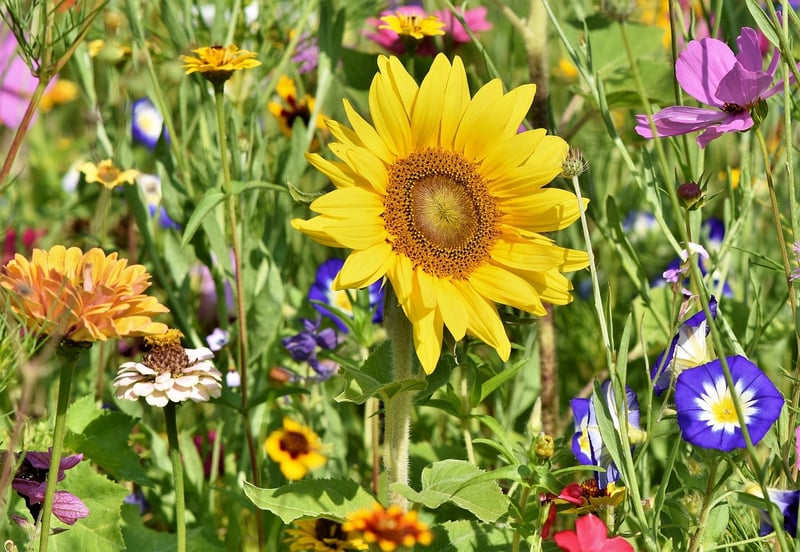Pruning techniques
Caring for Your Garden: Essential Pruning Techniques
Having a beautiful and healthy garden requires regular care and maintenance. One crucial aspect of garden maintenance is pruning. Pruning helps promote plant growth, improve air circulation, and enhance the overall appearance of your garden. In this article, we will explore some essential pruning techniques to keep your garden in top shape.
1. Why Prune?
Pruning is necessary to remove dead or diseased branches, shape plants for aesthetic purposes, and encourage new growth. It also helps control the size of plants and prevent overcrowding, which can lead to disease and pest problems.
2. Tools for Pruning
Before you start pruning, make sure you have the right tools for the job. Essential pruning tools include hand pruners, loppers, pruning saws, and hedge shears. Keep your tools clean and sharp to ensure clean cuts and minimize damage to plants.
3. When to Prune
The timing of pruning depends on the type of plant. Generally, it is best to prune flowering shrubs right after they bloom, while deciduous trees are typically pruned during their dormant season in late winter or early spring. Avoid pruning during extreme weather conditions or when plants are under stress.
4. Techniques for Pruning
- Thinning: Remove select branches to improve air circulation and allow more sunlight to reach the plant's interior.
- Heading Back: Cut back a portion of a branch to stimulate new growth and maintain the plant's shape.
- Deadheading: Remove spent flowers to encourage the production of new blooms.
- Rejuvenation Pruning: Cut back overgrown shrubs to stimulate new growth and restore their vitality.
5. Tips for Pruning
- Always use sharp and clean tools to make precise cuts and prevent the spread of diseases.
- Prune at a 45-degree angle just above a bud or lateral branch to promote healing and new growth.
- Step back and evaluate the plant before making cuts to ensure you maintain its natural shape and balance.
- Remove any crossing or rubbing branches to prevent damage and improve overall plant health.
By incorporating these essential pruning techniques into your garden maintenance routine, you can promote healthy plant growth, enhance the beauty of your garden, and ensure long-term plant vitality. Remember to always research specific pruning requirements for different plant species to achieve the best results.

Happy pruning and happy gardening!
